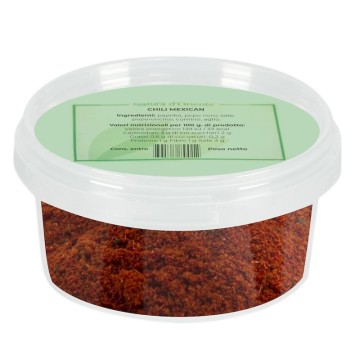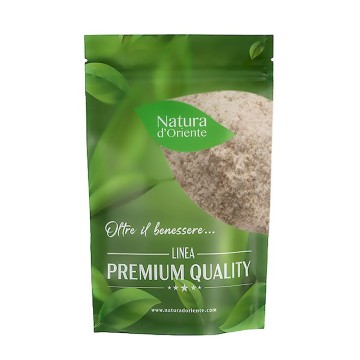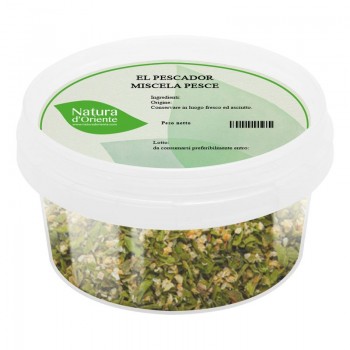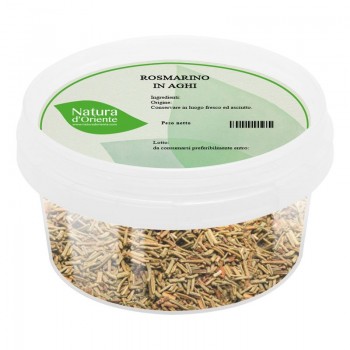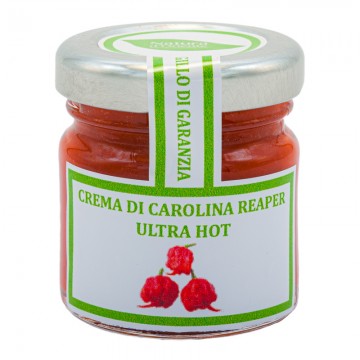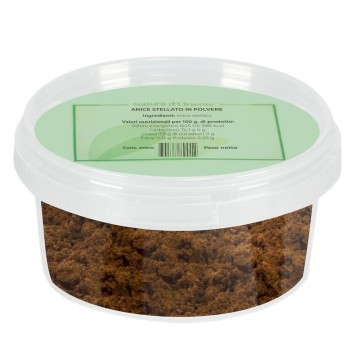This type of paprika is known for its smoky flavor, which can be used in a versatile way for different preparations in the kitchen. It gives dishes a unique smoky note, capable of spicing up many types of dishes such as stews, recipes with eggs, meat and vegetables. Its ruby red color becomes a decorative element in various preparations, while the spicy and fiery character gives an intense, deep flavor, which releases its heat in every food.
The taste and properties of smoked paprika
This spice is an excellent source of nutrients useful for our well-being, containing both vitamins and beneficial antioxidant compounds.
Thanks to its properties, paprika is considered a useful spice for the well-being of digestive function and gastrointestinal regularity. It promotes the elimination of excess gas and the resulting abdominal swelling; in large meals, it is historically used to soothe the condition of poor digestion. Capsaicin also acts as a stimulus to the basal metabolism, and is an ally at the table for the diet.
For several years, studies have been carried out on the properties of chili peppers, in the different varieties, for their content of Capsaicin, the active ingredient that promotes the regular functioning of the cardiovascular system and normal blood circulation - promoting regular blood pressure. Capsaicin relaxes and protects blood vessels. For centuries, chili peppers and paprika have been used in human nutrition to stimulate blood flow and tone the body, also as an analgesic.
Furthermore, the spice contains essential mineral salts for our body such as iron, magnesium, potassium and phosphorus. To these are added elements such as some vitamins, folic acid, and an important carotenoid, capsanthin - which gives the spice its red color together with capsorubin. Even in its spicy smoked version, paprika is a source of antioxidants that help prevent the signs of aging on the skin, and keep our body young.
Where to buy smoked paprika? It used to be difficult to find, but in recent years the spice has gained popularity and, given the many requests, it is sold both in shops and online - although the quality can vary. If you are looking for this variety of spicy smoked paprika, you can find it on sale on our Natura d'Oriente eShop at a convenient price. It is available in packs of 50g, 75g, 100g 150g, 250g, 500g and 1kg - with a freshness-saving closure.
Does spicy smoked paprika have any contraindications?
If consumed in excessive quantities, it can cause irritation of the gastric mucosa, heartburn, gastroesophageal reflux and intestinal irritation. It should be avoided in cases of gastric ulcers and hemorrhoids, irritable bowel syndrome and gastritis. It should also be handled with care during food preparation, to avoid irritating the mucous membranes of the oral cavity and eyes. Consumption in large doses is not recommended, especially for pregnant or breastfeeding women, and children.
How to use smoked paprika in cooking?
This spice is highly appreciated in cooking, to always experiment with new levels of spiciness and smoky notes. The flavor of smoked Spanish paprika gives the food a smoky and woody flavor, with slightly fruity and earthy nuances. It is less intense than stronger chili peppers, and provides a pleasant heat, with a complex smoky profile and depth of flavor when cooked. This spicy variety of paprika is relatively mild, so it can be added in larger quantities than other very spicy spices. In any case, when cooking with paprika it is recommended to heat the spice but not overdo it; to release its natural flavor while preventing it from charring as it burns easily. It should be heated with a little olive oil in a pan over low heat, for a minute at most. Also discover its qualities for coloring dishes, smoked paprika is flavorful and decorative with its bright red color.
Savory recipes: it can be used to flavor stews, soups, broths, legumes, potatoes and vegetables (green beans, peppers) that absorb its flavor. It is used in Spanish Patatas Bravas (roast potatoes with tomato sauce). It is widely used in egg-based recipes, sprinkled on omelettes, scrambled eggs and deviled eggs. It flavors soft cheeses, excellent on feta and with olives, it adds liveliness to hummus and breading.
Meat: Smoked paprika is considered versatile on many types of meat, and is part of many dry rub recipes, which are spice mixes for marinating or seasoning BBQ or grilled meat. It is the star spice in chicken paprikash (chickenlla paprika), tasty in swordfish and shrimp, it flavors pork recipes and meatball doughs. In Galicia it is used as a typical condiment for octopus.
Sauces: foods commonly paired with smoked paprika are lemon and garlic. It creates marinades with a strong and deep flavor, and can be combined with honey in a barbecue marinade that enhances the natural sweet notes of the pepper. The Spanish romesco sauce for fish is famous.
The spice is only available dried, and should be stored in an airtight container to avoid losing its aroma (for this purpose, our smoked paprika packs with freshness seal help with preservation).
The Recipe: Chicken with spicy smoked paprika
Ingredients:
600 g of chicken breast – 30 g of butter – 2 tablespoons of type 00 flour - 1 glass of milk - 1 spring onion - 1 shallot 1 - 1/2 glass of white wine – 1 tablespoon of sweet paprika – 1 tablespoon of strong paprika (smoked and spicy) - Sea salt to taste - Parsley to taste
Preparation
Cut the chicken breast into cubes. Melt the butter in a large pan. Add the spring onion cut into rings or chopped and the shallot. Let it brown, in the meantime pass the chicken in the flour and add the morsels to the pan. Cook over high heat for a few minutes and add the white wine. As soon as the wine has completely evaporated, add the milk, paprika and a pinch of salt, cover with a lid, lower the heat and let it cook, stirring occasionally. If the sauce should reduce too much, add a little more milk or hot water. Cook for 10 minutes. Serve your paprika chicken piping hot, adding chopped parsley. Where does paprika come from? Paprika is always obtained from dried and then ground chilli peppers into powder, but the type of peppers used makes the difference, as in the case of hot paprika. Starting from the original tropical plant, Capsicum annuum, one of the five main species of the genus "Capsicum" which includes peppers and chillies. Native to Mexico, the plant was already known in Asia and Africa, but it spread to Europe only in the sixteenth century, after the discovery of the Americas. Since then, this spice comes from chili peppers grown in Hungary, or from Spain, the second homeland of paprika, where it is also known as pimentón. The Spanish paprika that we offer for our online sale comes from Spain and is the “picante” variety, the most intense (there are also dulce and agridulce, medium spicy). Spanish paprika is dried and smoked at the same time, often over smoking oak wood in the La Vera region of Extremadura. The classic drying was done with smoke next to tobacco leaves, the farmers did it indoors rather than in the sun (as in Murcia or elsewhere). In this way, the spice takes on an incredible intensity, and becomes a staple of the most pungent Spanish cuisine – excellent on paella or to flavor cured meats and chorizo. Its historical roots are ancient, and date back to the time of Christopher Columbus, who brought the seeds of Capsicum annuum from the Americas in the 16th century. The first chili pepper plants arrived in Spain, cultivated in Extremadura and then in Murcia, from where they spread throughout Europe. The plant produces chili peppers of different varieties (Bola, Nora, Ocales) planted every spring and harvested every autumn, now exported all over the world for their particularity. The Hungarian version, on the other hand, is the one from which the commonly known name, paprika, derives; in reality it comes from the Latin term piper or the modern Greek piperi, used to define pepper plants. As a spice, it has been widespread in all local and Eastern European cuisine since the 19th century, while according to popular belief its use dates back to the time of Turkish domination (16th-17th century), and since then paprika has been used as a remedy against malaria.



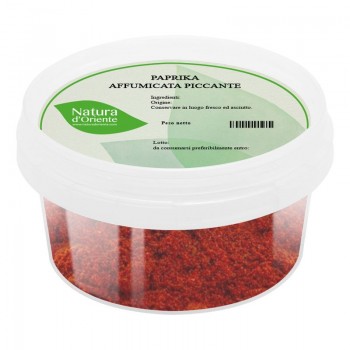

 No reward points for this product.
No reward points for this product.

